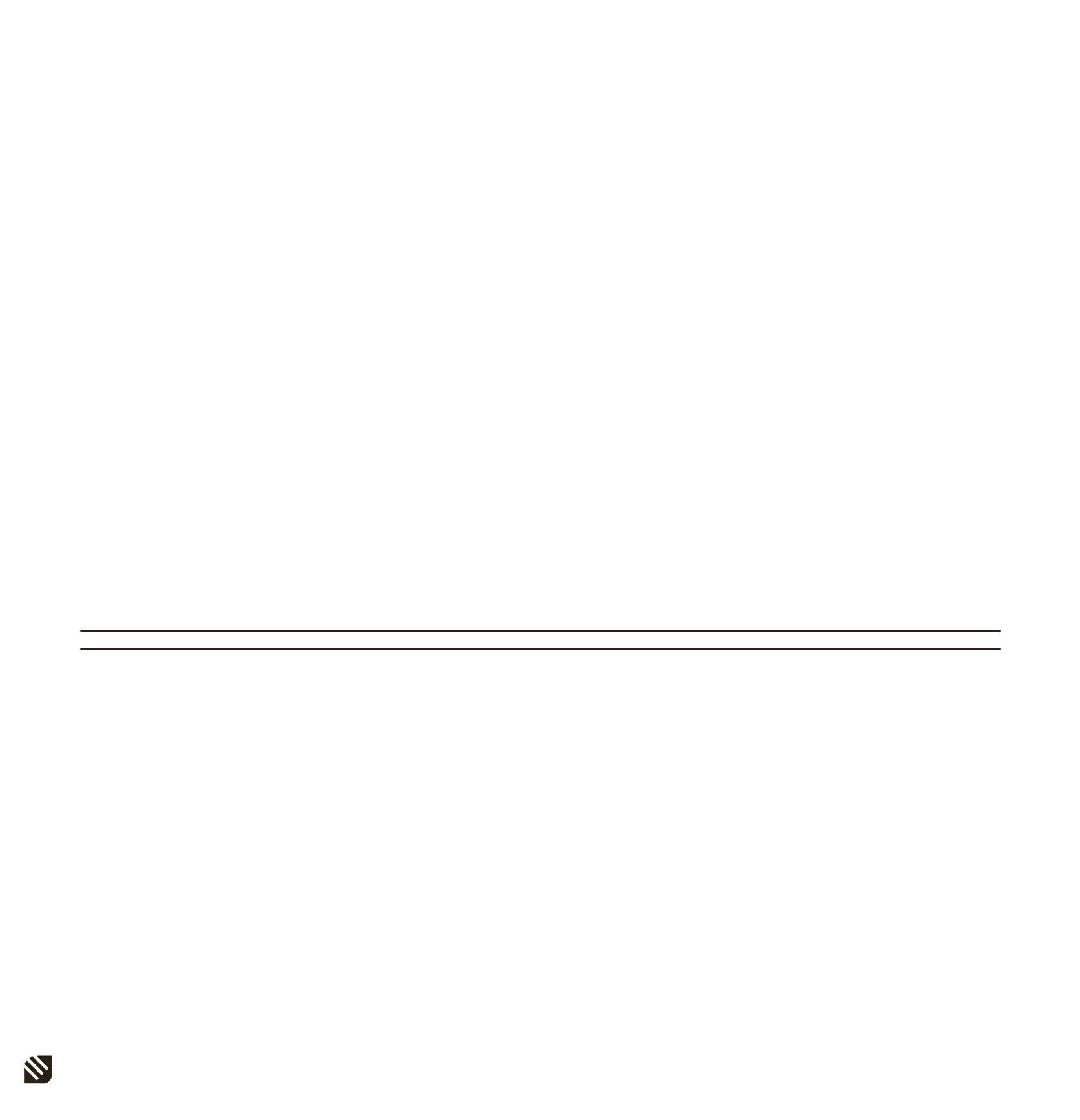

3. SUMMARY OF SIGNIFICANT ACCOUNTING POLICIES
(continued)
3.11 Property, Plant and Equipment
(continued)
The carrying values of property, plant and equipment are reviewed for impairment whenever events or changes in circumstances indicate that the carrying value may not be recoverable.
Whenever the carrying amount of an asset exceeds its recoverable amount, an impairment loss is recognised in the consolidated statement of comprehensive income. However, the
decrease in the carrying value of an asset is debited to the equity to the extent of any credit balance existing in the revaluation surplus in respect of that asset. The recoverable amount is
the higher of an asset’s fair value less cost to sell and value in use. The fair value less cost to sell is the amount obtainable from the sale of an asset in an arm’s length transaction while
value in use is the present value of estimated future cash flows expected to arise from the continuing use of an asset and from its disposal at end of its useful life. Recoverable amounts
are estimated for individual assets or, if it is not possible, for the cash-generating unit. Reversal of impairment losses recognised in prior years is recorded when there is an indication that
the impairment losses recognised for the asset no longer exist or has decreased. The reversal is recorded in consolidated statement of comprehensive income.
For items of property, plant and equipment carried at revalued amount, valuations are performed frequently enough to ensure that the fair value of a revalued asset does not differ
materially from its carrying amount.
Any revaluation surplus is credited to the asset revaluation reserve included in the statement of comprehensive income.
An annual transfer from the asset revaluation reserve to retained earnings is made for the difference between depreciation based on the revalued carrying amount of the assets and
depreciation based on the assets original cost. Additionally, accumulated depreciation as at the revaluation date is eliminated against the gross carrying amount of the asset and the
net amount is restated to the revalued amount of the asset. Upon disposal, any revaluation reserve relating to the particular asset being sold is transferred directly to retained earnings.
An item of property, plant and equipment is derecognised upon disposal or when no future economic benefits are expected from its use or disposal. Any gain or loss arising on
derecognition of the asset (calculated as the difference between the net disposal proceeds and the carrying amount of the asset) is included in the statement of comprehensive income
in the year the asset is derecognised.
The cost or revalued amount of depreciable assets is depreciated at rates based on the estimated useful lives of assets. The estimated useful lives and the methods of depreciation are
as follows:
Years
Method
Buildings
6 - 50
Straight-line
Machinery and equipment
5 - 40
Straight-line
Furniture and fixtures
3 - 5
Straight-line
Motor vehicles
3 - 8
Straight-line
Other tangible assets
5 - 10
Straight-line
Leasehold improvements
over the lease period
Straight-line
BORUSAN HOLDING A.Ş. AND ITS SUBSIDIARIES
NOTES TO CONSOLIDATED FINANCIAL STATEMENTS FOR THE YEAR ENDED 31 DECEMBER 2014
(Currency - US Dollars (“USD”) unless otherwise indicated)









